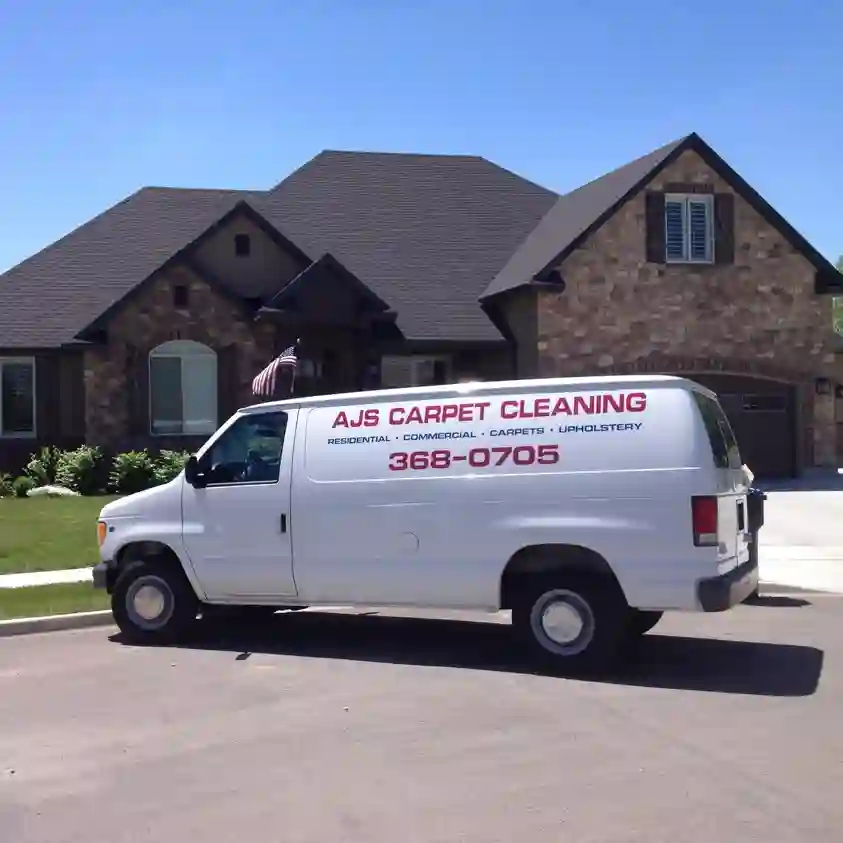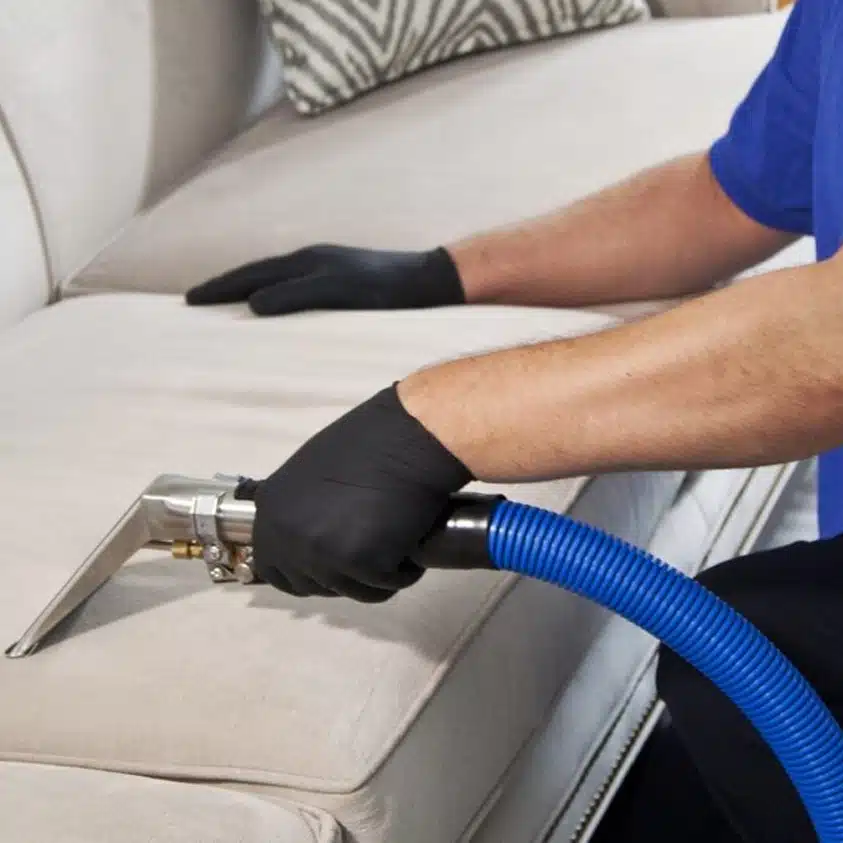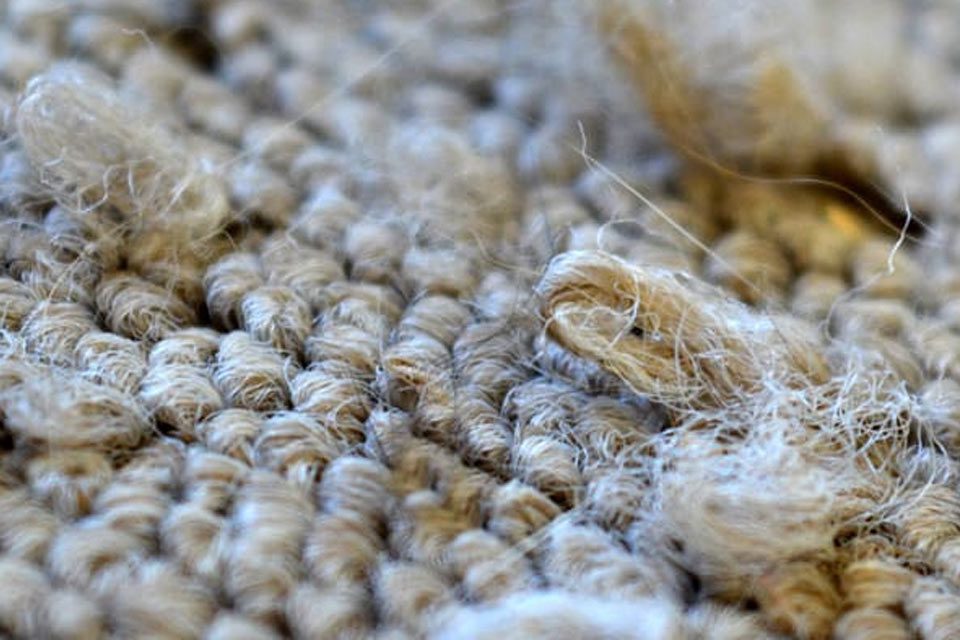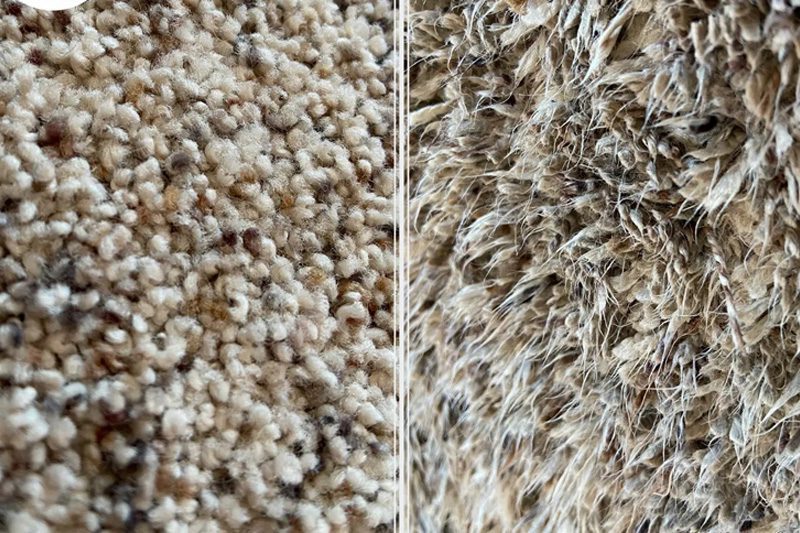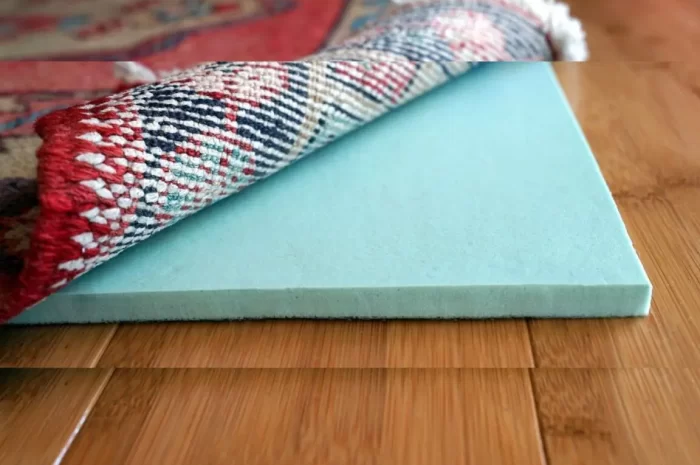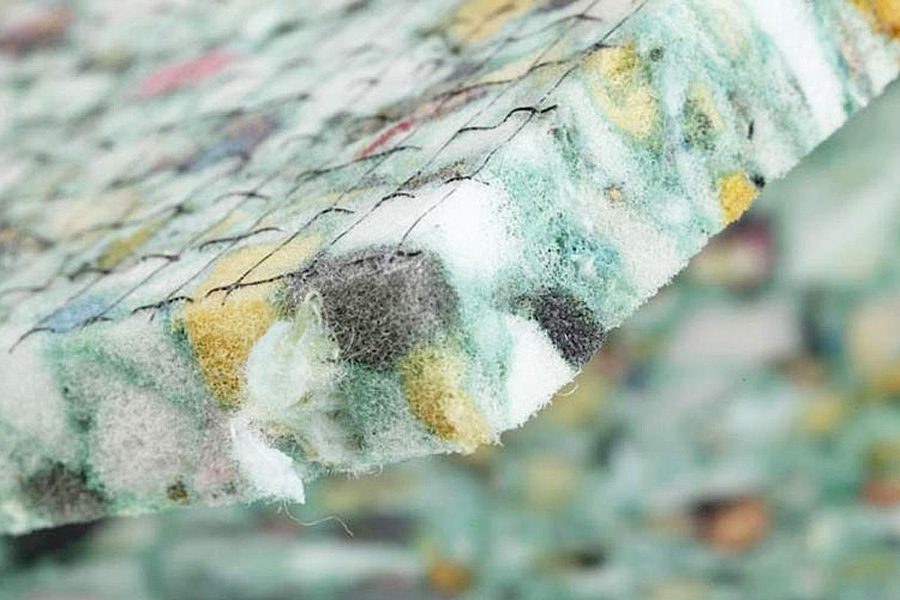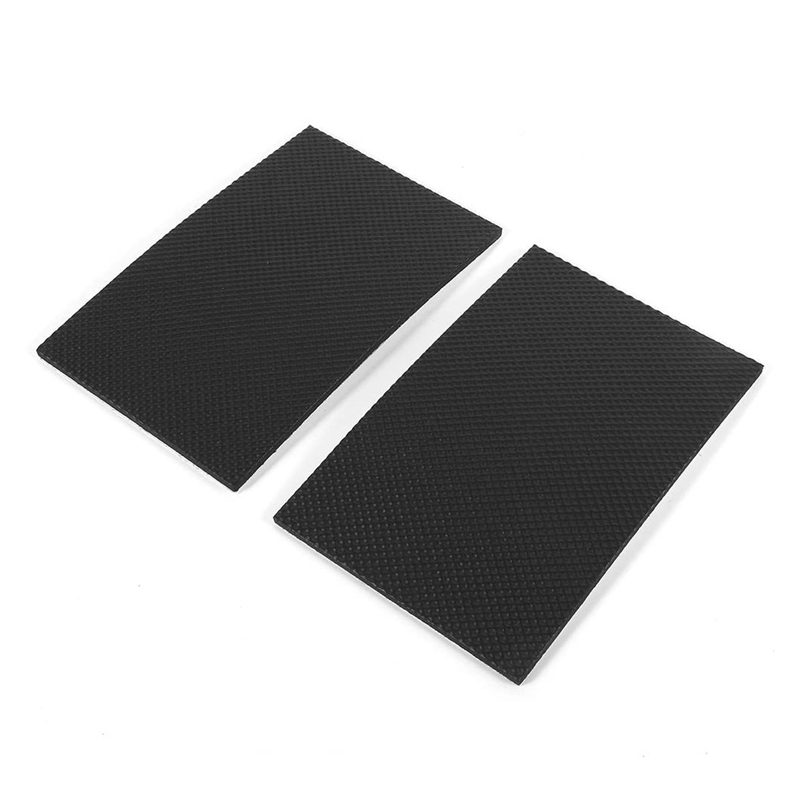Dog urine can be neutralized using a combination of methods that address both the stain and the odor. Here are some substances and methods that can neutralize dog urine:
White Vinegar:
- White vinegar is a natural acid that can neutralize the alkaline salts present in dried dog urine stains.
- Mix equal parts of white vinegar and water and apply it to the urine stain. Allow it to sit for a few minutes, then blot up the moisture.
Baking Soda:
- Baking soda is an alkaline substance that can neutralize acidic components in urine. It also acts as a natural deodorizer, absorbing odors.
- After treating a urine spot with vinegar, sprinkle baking soda over the area, let it sit for a few hours or overnight, and then vacuum.
Enzymatic Cleaners:
- These cleaners contain enzymes that break down the proteins and uric acid crystals in urine, effectively neutralizing the stain and odor.
- Popular brands include Nature’s Miracle, Simple Solution, and Rocco & Roxie. Always follow the manufacturer’s instructions.
Hydrogen Peroxide:
- Hydrogen peroxide can help neutralize the odor of dog urine. However, it can also bleach or discolor certain materials, so always test a small, inconspicuous area first.
- Mix a solution of ½ cup of 3% hydrogen peroxide with a teaspoon of dish soap and apply to the urine stain. Allow it to sit for a while, then blot and rinse.
Dish Soap:
Mild dish soap can help break down the uric acid and remove the stain. It’s often mixed with other solutions, like hydrogen peroxide, for a more effective treatment.
Lemon Juice:
The citric acid in lemon juice can help neutralize the alkaline components of dog urine. Mix equal parts of lemon juice and water and apply to the stain. However, be cautious, as lemon juice can also bleach certain fabrics.
Cornstarch:
Cornstarch can help absorb fresh urine, reducing the amount of urine that needs to be neutralized. Sprinkle cornstarch over a fresh urine spot, let it sit for a few hours, then vacuum.
Water:
Rinsing the affected area with water after treating it with any of the above solutions can help wash away the urine components and any cleaning residues.
When dealing with dog urine, it’s essential to act quickly. The longer the urine sits, the harder it will be to neutralize and remove the stain and odor. Always test any solution on a small, inconspicuous area first to ensure it doesn’t cause discoloration or damage.

